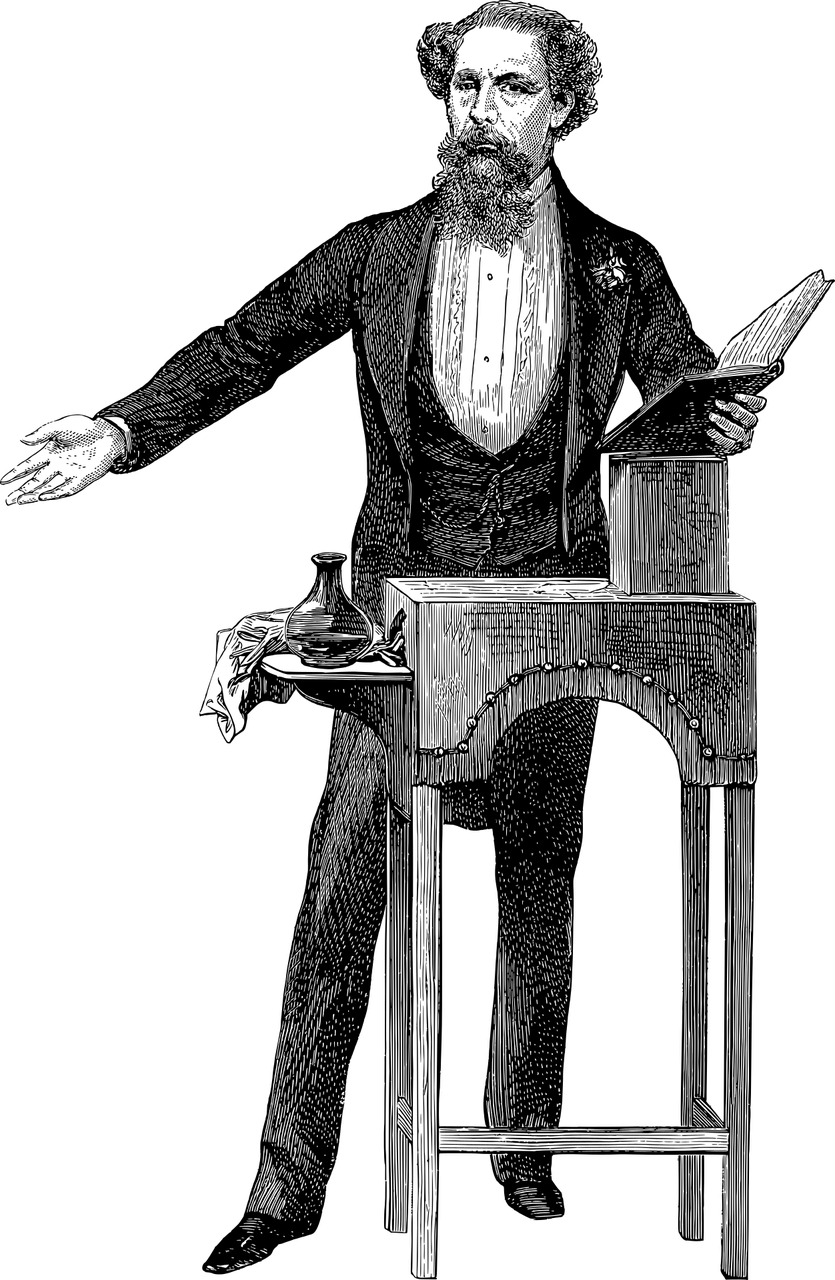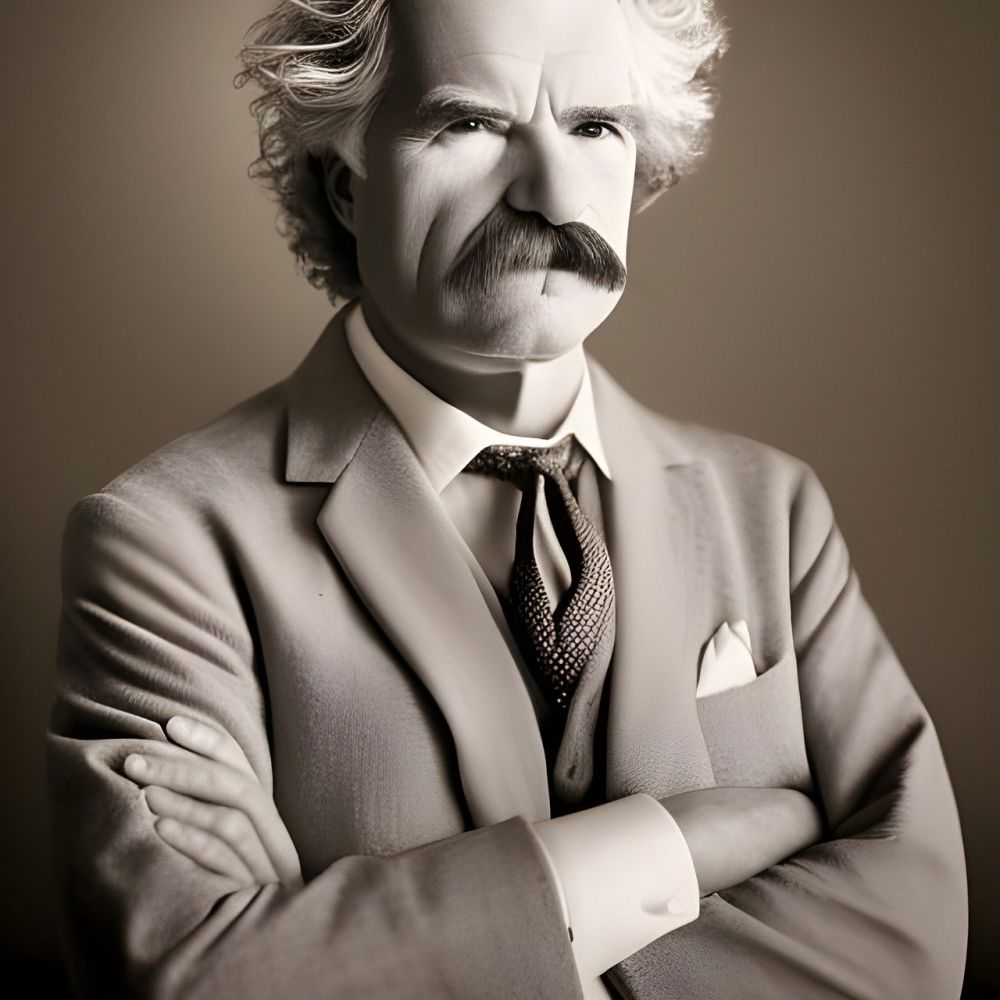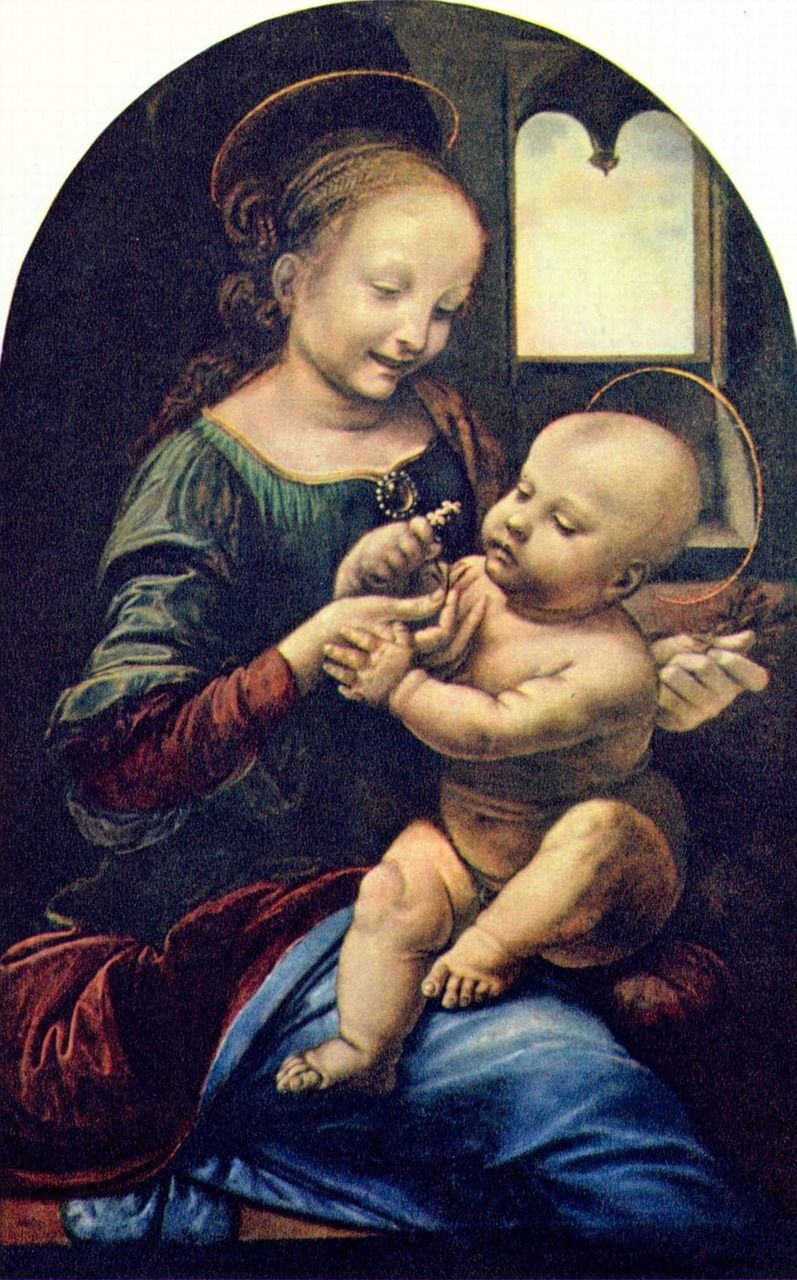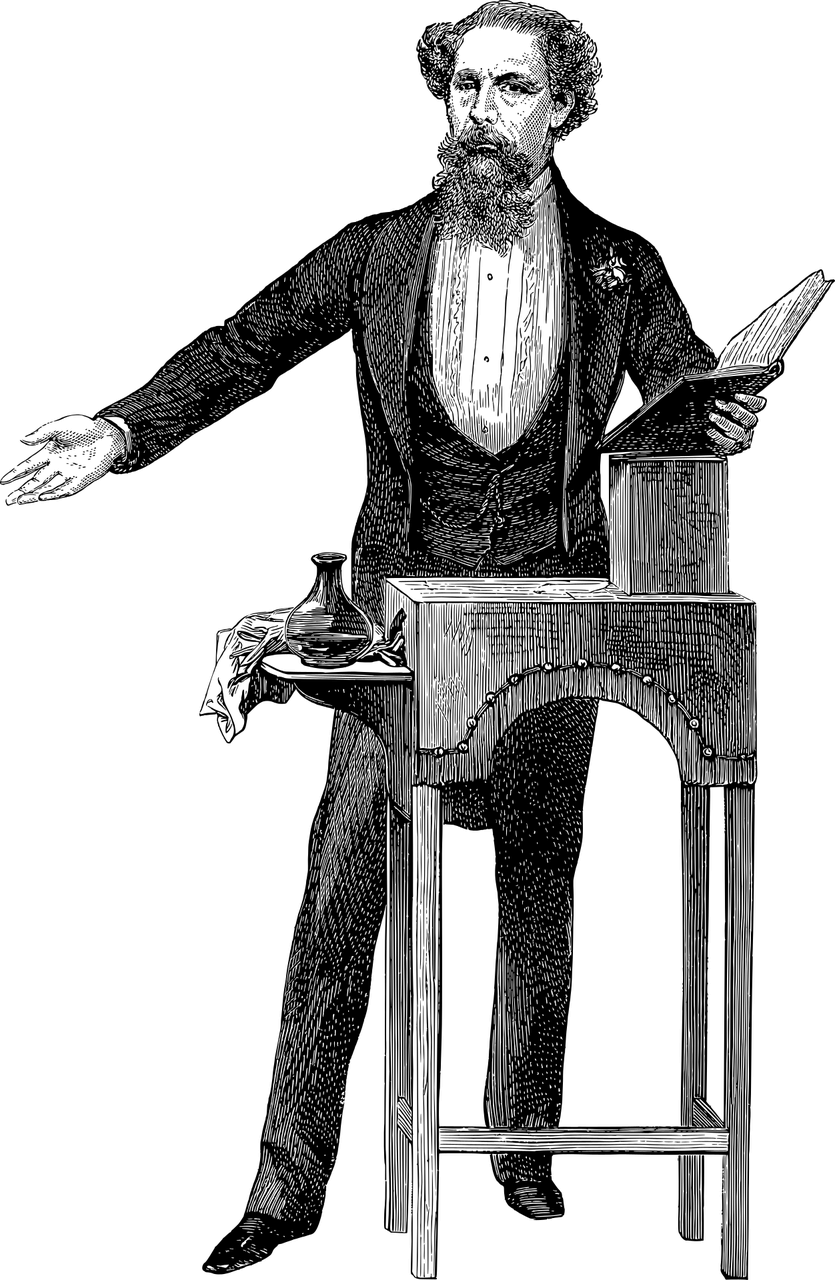Jane Austen, an extraordinary English novelist from the 19th century, has had a significant influence on the world of literature

Her timeless stories and compelling characters have captivated readers for generations. As a result, numerous film adaptations of her works have been produced over the years, bringing Austen’s enchanting narratives to life on the big screen. In this comprehensive article, we will delve into the world of Jane Austen films, exploring their importance and evolution throughout history.
Introduction to Jane Austen Films:
Jane Austen films are cinematic adaptations of Austen’s beloved novels, known for their exploration of social classes, romance, and the restrictions placed upon women during the Regency era. These films offer a captivating experience, transporting viewers to a bygone era of opulent estates, societal expectations, and love stories filled with wit and charm. Moreover, these adaptations not only showcase Austen’s remarkable storytelling but also shed light on the cultural and historical context in which her novels were written.
Evolution of Jane Austen Films:

The journey of Jane Austen films began in the early 20th century, with the first known adaptation being a silent film version of “Pride and Prejudice” in 1940. Since then, Austen’s works have continued to inspire filmmakers, leading to numerous adaptations that have delighted audiences worldwide.
1. Classic Era:
During the classic era of Jane Austen films, from the 1940s to the 1990s, there was a focus on capturing the essence of the novels while adhering to the production techniques and stylistic choices of the time. Notable films from this era include “Pride and Prejudice” (1940), “Sense and Sensibility” (1995), and “Emma” (1996). These films aimed to recreate the Regency era through lavish sets, period costumes, and captivating performances, staying faithful to Austen’s original text.
2. Modern Era:
With the turn of the millennium came a shift in the approach to Jane Austen films. Directors and screenwriters sought to bring the stories into the contemporary world while retaining the timeless themes and characters. This era saw a surge in Austen’s popularity, with films like “Pride and Prejudice” (2005), “Sense and Sensibility” (2008), and “Persuasion” (2007) gaining immense acclaim. These adaptations offered a fresh perspective on Austen’s works, appealing to a wider audience and sparking renewed interest in her novels.
3. Innovative Adaptations:
In recent years, Jane Austen films have seen innovative adaptations that have added new dimensions to the stories. Films like “Pride and Prejudice and Zombies” (2016) and “Bride and Prejudice” (2004) have reimagined Austen’s narratives with unconventional twists, injecting elements of horror and Bollywood, respectively. While these adaptations may deviate from the traditional interpretations, they showcase the versatility and timelessness of Austen’s stories.
Jane Austen Films as Featured Snippets:
To increase the likelihood of this article being featured as a snippet on Google searches, we have structured the text with bullet points and used strategic headings. By organizing the information this way, search engines can easily identify the key points and present them as featured snippets. This approach enhances the visibility of the article, ensuring it reaches a broader audience searching for information on Jane Austen films.
In conclusion, Jane Austen films have become a beloved and enduring genre in the world of cinema. These adaptations bring Austen’s remarkable storytelling to life, offering audiences a glimpse into the charm, wit, and societal intricacies of the Regency era. Whether staying true to Austen’s original text or taking innovative approaches, these films continue to mesmerize and enchant viewers, making Jane Austen’s stories immortal on the silver screen. So sit back, indulge in the elegance of Austen’s world, and let the enchantment of Jane Austen films transport you to a world filled with love, laughter, and timeless truths.





